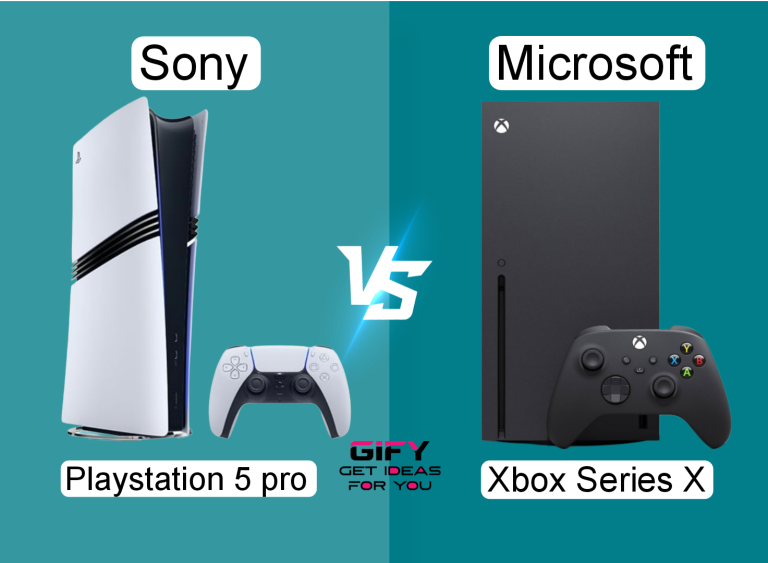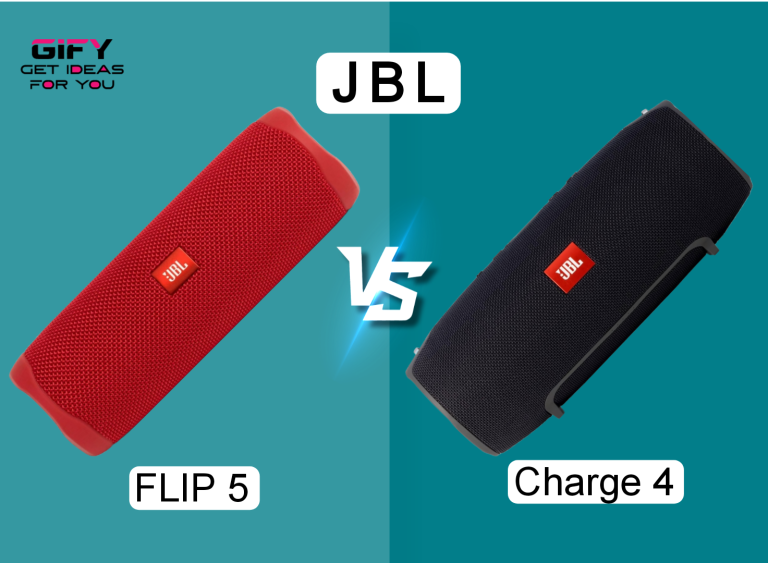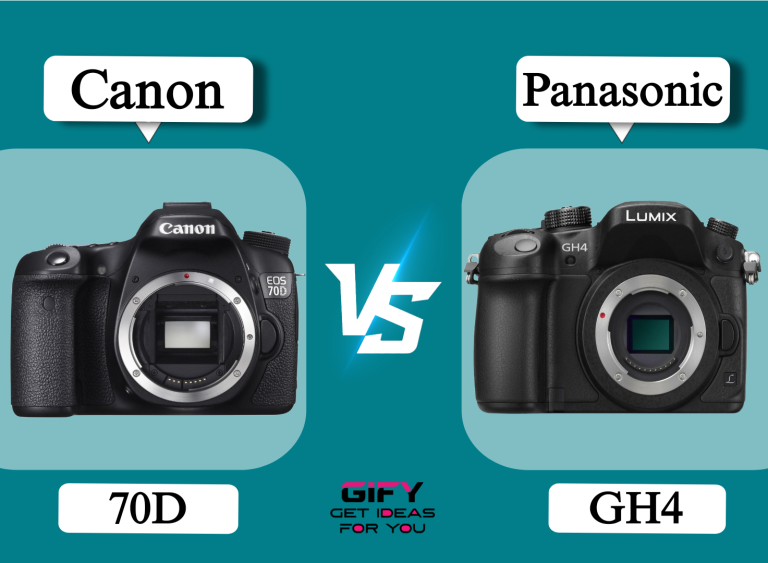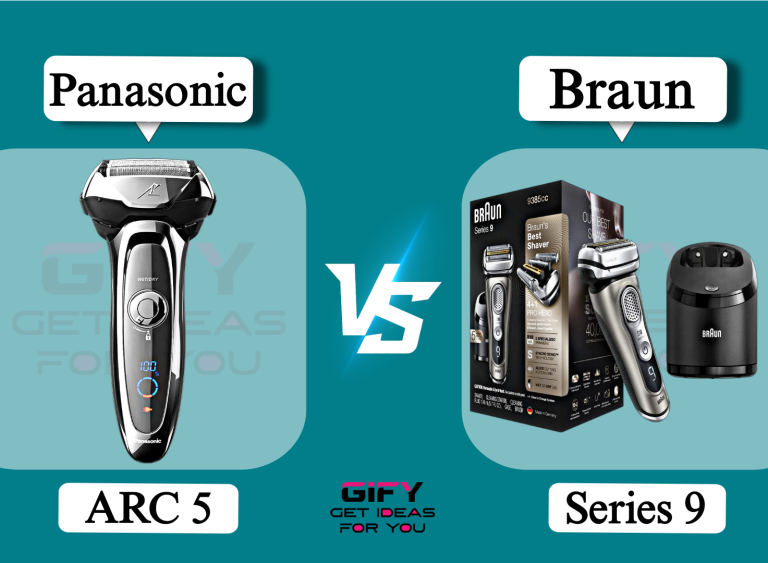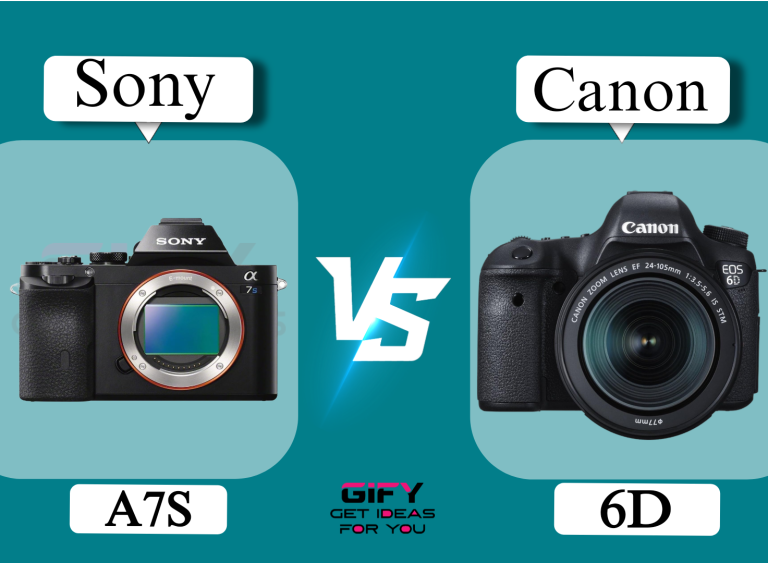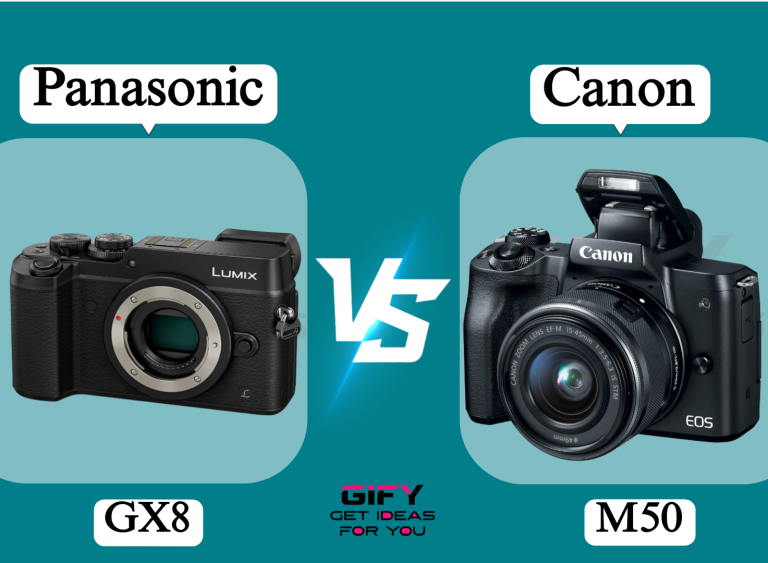Ilford delta 400 vs hp5 Film photography is alive and still loved by many creative shooters. The unique grain, timeless tones, and flexibility of film create results that digital cannot fully match. Among the top names, Ilford remains a trusted choice. Two of their most talked-about options are Ilford Delta 400 and Ilford HP5.
Both films sit in the ISO 400 category, making them versatile for everyday use. Each has a unique character, and photographers often debate which one performs better for portraits, street, or fine art work. This article explains the differences in simple terms so you can pick the right film.
The Ilford Delta 400 belongs to Ilford’s Delta professional range. It uses a modern emulsion that delivers finer grain and sharper images. Many photographers describe it as having a clean and modern look. It is excellent for detailed subjects where crisp lines matter.
On the other side, Ilford HP5 is a classic emulsion that has been trusted for decades. It is widely known for its forgiving exposure latitude, which means you can overexpose or underexpose without losing too much detail. This makes it popular for beginners and professionals alike.
The differences between these two films show up in areas like grain, sharpness, tonal range, and contrast. Delta 400 aims for precision and smooth tones, while HP5 embraces a more traditional grainy texture and cinematic feel. Both are great choices, but your preference depends on the type of photos you love to create.
We tested both films in various conditions. Shooting outdoors, indoors, and in low light revealed important differences. Delta 400 kept details crisp, while HP5 brought more forgiving results. Street photographers often lean toward HP5 for its latitude, while studio shooters may prefer Delta 400 for its clarity.
Film development also matters. Both films are easy to process, but their character changes depending on chemicals and development style. Delta tends to reward careful exposure and precise development, while HP5 offers flexibility and can handle different processing methods well.
This guide includes a detailed comparison table, product overviews, and feature-by-feature analysis. Each section will help you decide whether Delta 400 or HP5 better fits your creative style. Let’s start with a quick comparison table for a clear side-by-side view.
Quick Comparison Table
| Feature | Ilford Delta 400 | Ilford HP5 |
|---|---|---|
| Emulsion | Modern T-grain ✅ | Classic grain |
| Grain | Fine ✅ | More visible |
| Sharpness | High detail ✅ | Good, softer edges |
| Contrast | Neutral | Punchier ✅ |
| Tonal Range | Smooth gradation ✅ | Classic tones |
| Exposure Latitude | Moderate | Wide ✅ |
| Flexibility | Best with careful exposure | Handles mistakes ✅ |
| Ideal for | Portraits, landscapes | Street, documentary ✅ |
| Processing | Standard B&W developers | Very forgiving ✅ |
Ilford Delta 400 Overview
Ilford Delta 400 belongs to the modern Delta Pro series. It uses advanced emulsion design to deliver finer grain and high resolution. This film is ISO 400, 35mm, with 36 exposures per roll.
The film gives a clean and modern look, often preferred by photographers seeking sharp images. Portrait and landscape shooters often praise its clarity and smooth tonal gradation. It is ideal when detail is essential.
While Delta 400 is versatile, it works best with precise exposure. It shines in controlled lighting or with photographers who carefully meter their shots. The fine grain and modern look make prints appear polished and crisp.
Pros
- Fine grain delivers smooth results
- Sharp images with high detail
- Modern tonal rendering
Cons
- Less forgiving in exposure
- Requires careful metering
- Not as flexible as HP5
Key Feature Summary
Delta 400 gives fine grain, sharp detail, and modern tones. Perfect for portraits, landscapes, and projects requiring clean results.
Ilford HP5 Overview
Ilford HP5 is one of the most classic films in the market. It is ISO 400, 35mm, with 36 exposures per roll. The film delivers traditional grain and timeless tones.
HP5 is known for its forgiving exposure latitude. You can overexpose or underexpose and still get usable results. This makes it an excellent choice for street and documentary photography.
The film gives punchy contrast and a cinematic look. Many photographers enjoy its texture and mood. It has been trusted for decades and remains a favorite among film shooters who want flexibility.
Pros
- Wide exposure latitude
- Classic film look
- Very flexible with development
Cons
- Grain more visible
- Less sharp than Delta
- Contrast may be strong in some scenes
Key Feature Summary
HP5 offers classic grain, strong latitude, and flexible results. Perfect for street, documentary, and everyday photography.
Feature-by-Feature Comparison
Emulsion
Ilford Delta 400 uses a modern T-grain emulsion. This design helps produce smoother surfaces and less noticeable grain. The film looks clean and polished in both prints and scans.
Ilford HP5 uses a traditional cubic grain emulsion. This gives photos a classic texture, reminding many of old film photographs. The grain is more noticeable, but it adds mood and character.
We noticed Delta 400 results looked sharper and more modern. HP5 results looked nostalgic and artistic. Both approaches are valuable, but Delta appeals to those who want clarity.
💡 Tip
Choose Delta for fine detail and modern look. Pick HP5 for classic film feel and stronger artistic grain.
Grain
Delta 400 has a fine grain structure that makes enlargements look clean. Large prints from negatives hold strong detail without rough texture showing up.
HP5 has more visible grain. This texture brings a gritty, raw look that is loved in street and documentary photography. It makes pictures feel alive and real.
In our tests, portraits looked smoother on Delta, while urban scenes looked more atmospheric on HP5. The choice depends on the mood you want in your photography.
💡 Key Takeaway
Delta = smoother grain for detail. HP5 = grainier look with more mood.
Sharpness
Delta 400 produces sharper images. Fine details such as hair strands, building edges, and leaf textures stand out more clearly in the frame.
HP5 delivers good sharpness but slightly softer edges. This can actually be flattering for portrait photography, as it smooths minor imperfections naturally.
We tested both films with the same lens. The difference was clear. Delta negatives gave a precise look, while HP5 leaned toward smoothness. Neither is wrong—just different styles.
💡 Tip
Go with Delta for crisp detail shots. HP5 gives softer rendering, perfect for moodier portraits.
Contrast
Delta 400 delivers balanced contrast. Blacks are deep, whites are clean, and midtones are smooth. This neutral approach works across many scenes.
HP5 brings stronger contrast, giving punchy blacks and bold highlights. It often feels more dramatic, especially in street photography or high-contrast lighting.
Our side-by-side tests showed Delta files were easy to edit and adjust. HP5 photos popped right away with minimal editing. It depends if you prefer flexibility or instant mood.
💡 Key Point
Delta = neutral contrast for editing. HP5 = punchy look straight from the negative.
Tonal Range
Delta 400 produces smooth tonal transitions. From deep shadows to bright highlights, the film maintains gentle gradation that looks modern and polished.
HP5 provides a more classic tonal feel. Shadows hold texture, highlights glow naturally, and midtones stay strong. The results resemble older black and white films.
We scanned both negatives. Delta scans showed more subtle shades, while HP5 scans had stronger separation of tones. Both are beautiful, but Delta feels refined and HP5 feels nostalgic.
💡 Note
Delta shines in smooth tones. HP5 shines in classic tonal feel with stronger character.
Exposure Latitude
Delta 400 has a moderate exposure latitude. This means you need to be careful with light metering. Overexposure or underexposure can reduce detail quickly.
HP5 has a wide exposure latitude. It holds detail even if you miss the exposure by one or two stops. This flexibility makes it very forgiving for all skill levels.
During our tests, Delta punished mistakes in bright sunlight. HP5 survived the same conditions and still produced usable negatives. Beginners may find HP5 less stressful to shoot.
💡 Takeaway
Delta = requires accuracy. HP5 = highly forgiving exposure range, perfect for street shooting.
Flexibility
Delta 400 shines with accurate exposure and consistent lighting. It produces stunning results in controlled studio setups or careful outdoor sessions.
HP5 offers more flexibility. You can push or pull it during development with good results. It adapts well to different lighting conditions and experimental styles.
We tried pushing both films to ISO 1600. HP5 kept detail and contrast nicely. Delta became more contrasty and less forgiving. For experimentation, HP5 stands out.
💡 Key Point
Delta rewards precision. HP5 encourages experimentation and flexible shooting styles.
Ideal For
Delta 400 is ideal for portraits, landscapes, and fine art projects. Its modern look and smooth grain give photos a polished feel suited for professional use.
HP5 is better for street, documentary, and daily photography. Its wide latitude and gritty grain match real-world shooting and storytelling moments.
In our sessions, Delta worked beautifully in a portrait studio. HP5 worked better in fast-moving street photography where exposure shifts quickly.
💡 Note
Delta = best for controlled creative projects. HP5 = best for fast-moving, real-life moments.
Processing
Delta 400 works with standard black and white developers but reacts strongly to changes. Different developers can change its look quite noticeably, so consistency is important.
HP5 is extremely forgiving during processing. Even if development time or agitation is not perfect, the negatives still produce usable results.
We processed both films in the same developer. Delta looked clean but needed precise timing. HP5 tolerated small mistakes, still producing solid, balanced results.
💡 Processing Tip
Delta = consistent processing is key. HP5 = forgiving in the darkroom, great for home developers.
Ilford Delta 400 Detailed Review
Ilford Delta 400 stands out as one of the cleanest ISO 400 black and white films. It uses modern T-grain emulsion, which makes the negatives look smoother and more detailed compared to traditional films.
We tested this film in both outdoor daylight and indoor studio lighting. In bright conditions, Delta 400 produced crisp lines and fine textures. Small details such as hair strands, leaves, or fabric patterns stayed sharp, even when enlarging the negatives into large prints.
Portrait sessions revealed another strength. Skin tones looked smooth and natural without appearing overly flat. The fine grain gave images a polished look, making them perfect for professional use such as client portraits or editorial projects.
In landscape shooting, the film captured subtle tonal transitions between sky, clouds, and shadows. Highlights remained controlled, and shadows retained enough texture. This balance made the film feel versatile in well-metered scenes.
Delta 400 is not the most forgiving film. During tests, shots that were overexposed by more than a stop lost highlight detail quickly. Underexposed shots also gained contrast, making shadow recovery more difficult. This makes careful exposure metering an important part of shooting this film.
Scanning Delta negatives was smooth. Files looked clean and needed minimal grain reduction. The neutral contrast also left enough room for editing flexibility. For photographers who like to fine-tune results in post-processing, Delta 400 provides a strong base.
When pushed to ISO 800 or 1600, Delta still delivered usable results but with more noticeable contrast. Grain also became more visible, though still smoother than many other 400-speed films. In controlled lighting, pushing gave dramatic results that worked well for creative projects.
💡 Key Takeaway
Delta 400 rewards photographers who value precision. It is best for portraits, landscapes, and fine art projects that demand detail and clean results.
Overall, Ilford Delta 400 is the right choice for shooters who want fine detail and modern tones. It is less forgiving but delivers polished, professional results when handled with care.
Ilford HP5 Detailed Review
Ilford HP5 has a long reputation as a reliable and versatile black and white film. It is often the first recommendation for beginners, but many professionals still use it for its timeless character.
We tested HP5 in a variety of real-world scenarios: busy streets, indoor environments, and dimly lit rooms. The first impression was its forgiving nature. Even when exposures were slightly off, the negatives still held usable detail.
One of the biggest strengths of HP5 is its wide exposure latitude. During street photography, light conditions change quickly. HP5 handled both strong sunlight and shaded alleys without losing important details. The highlights rolled off smoothly, and shadows retained good texture.
The film has a noticeable grain, larger than Delta 400, but this grain gives photos a cinematic and classic feel. In portraits, it added character and depth. In street scenes, the grain emphasized mood and atmosphere, making images feel raw and authentic.
Contrast is stronger compared to Delta 400. Straight out of development, HP5 negatives often look bold and punchy. Many photographers enjoy this, as it reduces the need for heavy editing. For documentary or storytelling photography, this instant drama is a big advantage.
We also tested pushing HP5 to ISO 1600 and 3200. Results were very impressive. The film kept good shadow detail and created striking contrast. This makes it excellent for low-light shooting without flash. Delta struggled more in these conditions, while HP5 thrived.
In processing, HP5 proved extremely forgiving. Development times could be slightly off, yet the negatives still turned out balanced. This makes it perfect for home developing and those new to the darkroom process.
💡 Key Takeaway
HP5 offers flexibility, strong latitude, and a gritty, cinematic look. It is an excellent choice for street, documentary, and low-light photography.
Overall, Ilford HP5 is a forgiving, character-rich film. It may not match Delta 400’s clean sharpness, but its wide latitude and punchy tones make it an all-round favorite. It is a reliable film for everyday use, experimentation, and storytelling projects.
Ratings Table
| Category | Ilford Delta 400 | Ilford HP5 |
|---|---|---|
| ⚡ Grain | ||
| 🔧 Sharpness | ||
| 📸 Exposure Latitude | ||
| 🎞️ Flexibility |
Frequently Asked Questions (FAQ)
1. Is Ilford Delta 400 better for portraits than HP5?
Delta 400 is excellent for portraits because of its fine grain and smooth tonal range. Skin tones appear clean and natural, giving photos a polished look.
HP5 can also work for portraits, but its grain is more visible and contrast stronger, which may not suit all subjects. If you want clean, professional portrait results, Delta is the better option. For a grittier, artistic portrait style, HP5 brings more character and texture.
2. Can Ilford HP5 handle low light better than Delta 400?
Yes, HP5 handles low light better. It pushes very well to ISO 1600 or even 3200 with good results. Shadows keep detail, and contrast remains strong.
Delta 400 can also be pushed, but it becomes more contrasty and loses subtle tones more quickly. For night photography, concerts, or dim indoor spaces, HP5 provides more flexibility and reliability. It is often the first choice for photographers working in unpredictable lighting conditions.
3. Which film is easier for beginners to use?
HP5 is easier for beginners. It has wide exposure latitude, which means small mistakes in metering will not ruin the photo. Development is also forgiving, making it great for home darkrooms.
Delta 400 is less tolerant of exposure errors and requires careful handling, so it may frustrate new film users. Beginners who want reliable, forgiving results should start with HP5. Those who want to learn precision and push themselves may enjoy Delta later.
4. Do both films scan well for digital editing?
Both films scan well, but Delta 400 offers smoother digital files. Its fine grain produces cleaner scans, making editing easier with less need for noise reduction.
HP5 scans with more visible grain, which may need more adjustments depending on the desired look. However, many photographers like HP5’s gritty scan results since they maintain the film’s character. If you want modern, flexible files, Delta is better. If you enjoy a raw film look, HP5 delivers nicely.
5. Which film is more cost-effective in the long run?
Both films are usually priced similarly, but cost-effectiveness depends on usage. HP5 is more forgiving, so beginners waste fewer shots and get consistent results, saving money in the long run.
Delta 400 may require more precision, and mistakes could lead to fewer keepers. For experienced photographers who carefully expose and process, Delta gives polished results worth the price. For beginners or casual shooters, HP5 often feels like the safer investment with fewer risks.
Final Verdict : Ilford delta 400 vs hp5
Both Ilford Delta 400 and Ilford HP5 are excellent black and white films, but they serve different types of photographers.
Delta 400 is perfect for those who want fine detail, smooth tonal transitions, and polished results. Portraits and controlled studio work shine with this film. Its clean negatives scan beautifully for digital editing and archiving.
HP5, on the other hand, is versatile, forgiving, and full of character. It thrives in street, documentary, and low-light photography. Its wide exposure latitude makes it suitable for beginners, while its punchy contrast excites professionals seeking dramatic tones.
If you want professional, refined, and modern-looking black and white photos, go with Delta 400. If you prefer flexibility, classic grit, and strong mood in your images, HP5 is the smarter pick.
Mini Summary
- Delta 400: Cleaner, sharper, modern look.
- HP5: Gritty, forgiving, flexible under tough conditions.
- Beginners → HP5 is easier to use.
- Portraits and fine art → Delta 400 is ideal.
- Street and low-light → HP5 is the stronger choice.




